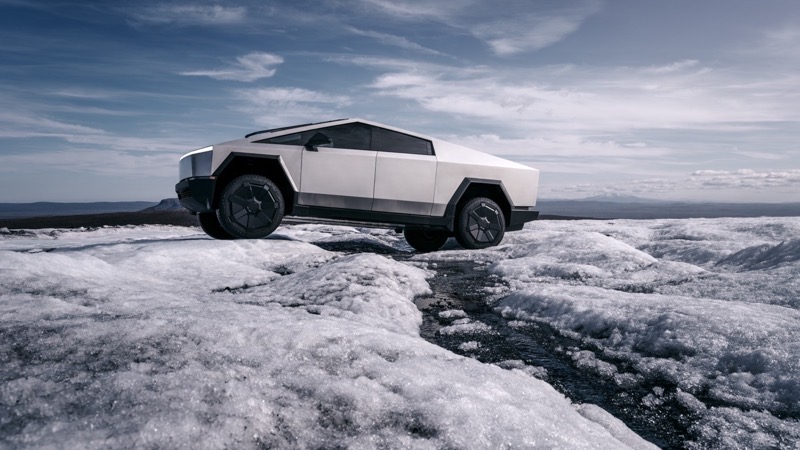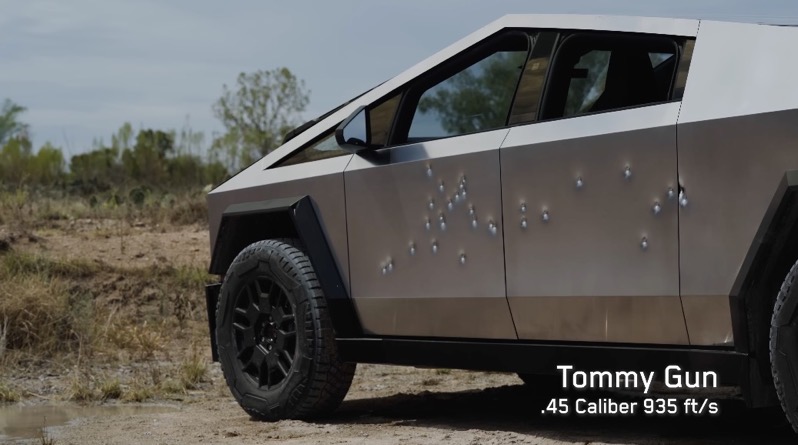
Tesla Cybertruck Rust Debunked: What’s Really Happening
In a recent discussion on Tesla Cybertruck stainless steel maintenance, it was clarified that stainless steel is reactive, and free iron deposits on its surface can rust. That’s according to Wes, a Cybertruck Lead Engineer plus Reliability, Test, and Analysis for all Tesla vehicles.
So what’s happening? Is the Tesla Cybertruck’s stainless steel rusting like you’ve seen in news headlines? Nope.
What you’re reading about is merely surface contamination that can be easily cleaned. Products like Bar Keeper’s Friend and CitriSurf 77 are effective in removing these deposits, with a blue non-scratch Scotch Brite pad recommended for stubborn spots without damaging the metal.
The necessity of cleaning stainless steel to prevent the formation of iron oxide, or rust, was addressed. If left unattended, iron converts to iron oxide, leaving visible red corrosion on the surface. The advice given is to clean the surface as needed, emphasizing that the corrosion does not affect the base metal itself. These deposits are typically minuscule, comparable to the size of a pinhead.
For deeper scratches, particularly relevant to Tesla’s Cybertruck, it was noted that with sufficient effort, even significant scratches can be buffed out to restore a factory finish. This is in contrast to traditional vehicles with clear coats, where scratches deeper than 50 microns usually require repainting.
Tesla CEO Elon Musk concurred with these maintenance and repair strategies in a brief response, with “yes”.
Wes was referring to a video from Bearded Tesla Guy, which you can see below, that dispels these rusting myths:



